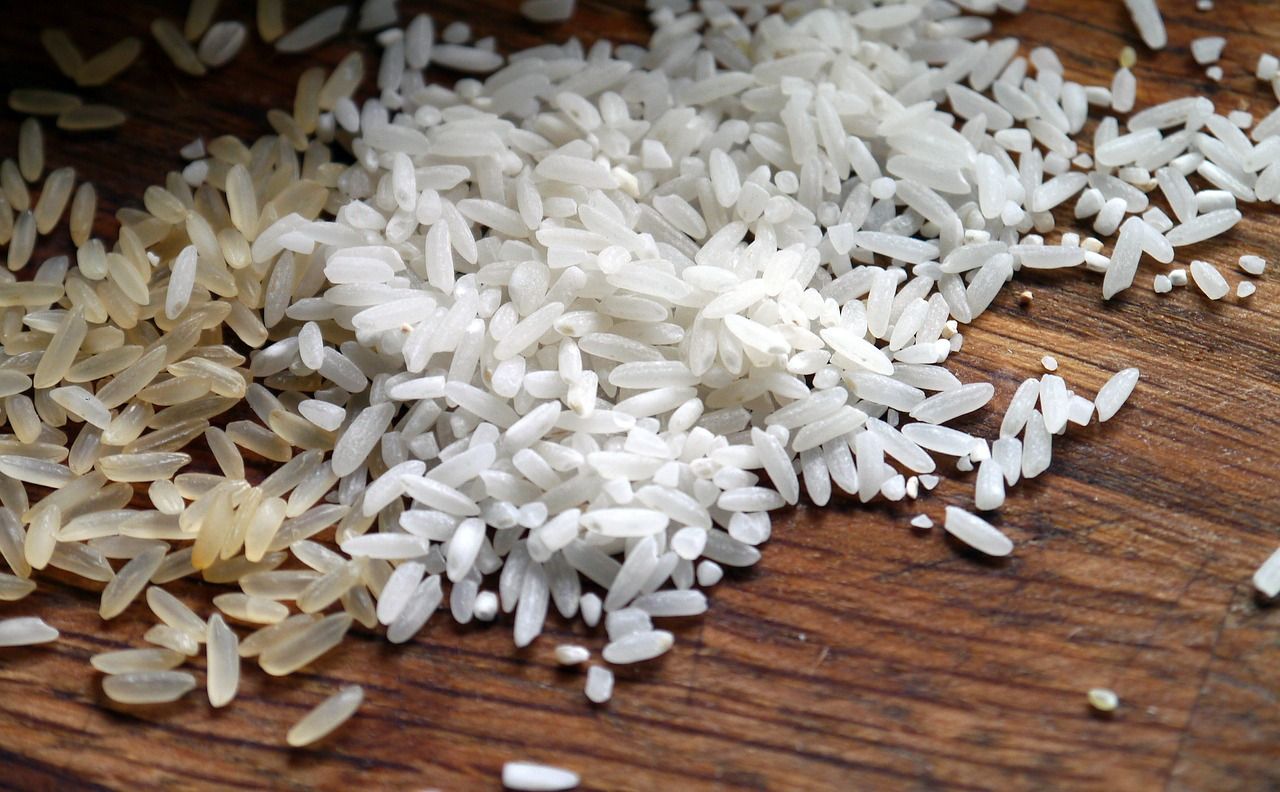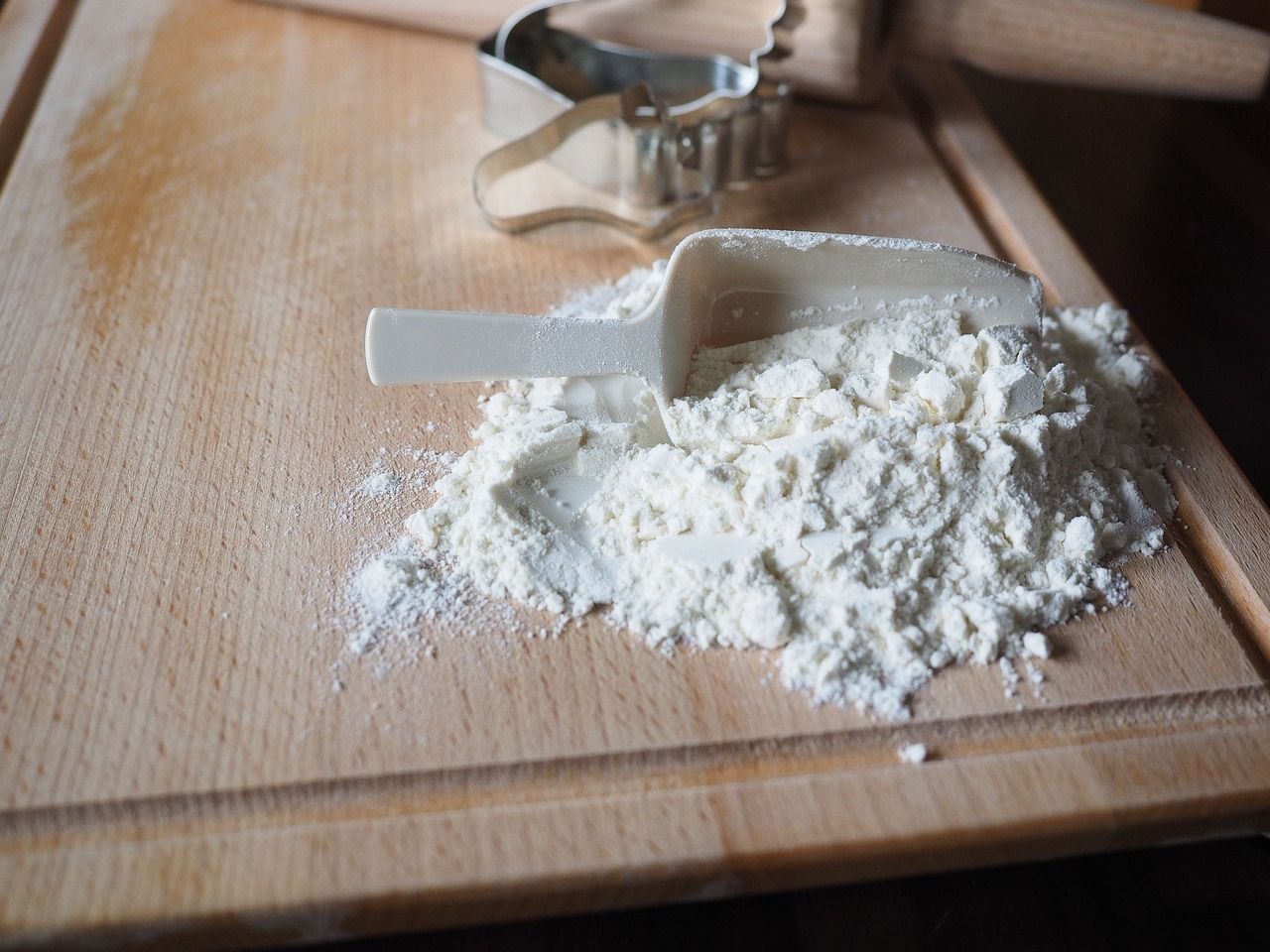Powerful natural carcinogens discovered in these everyday foods
Follow us on Google News (click on ☆)

Illustrative image Pixabay
These toxic substances, produced by fungi, are omnipresent in the samples analyzed and pose considerable health risks. The research, supported by FAPESP and published in Food Research International, is the first of its kind in Brazil to use biomarkers to characterize food-related risks associated with mycotoxins.
The authors emphasize that dietary exposure to mycotoxins can lead to various health problems, particularly in young people. Professor Carlos Augusto Fernandes de Oliveira, the study coordinator, warns against six specific mycotoxins: aflatoxins, fumonisins, zearalenone, T-2 toxin, deoxynivalenol, and ochratoxin A, all detected at concerning levels in the food samples.
The identified mycotoxins, notably aflatoxin B1, are among the most potent natural carcinogens. Discovered in the 1960s, this substance can damage the DNA of animals, causing genetic mutations that lead to liver carcinomas. Moreover, mycotoxins can induce immunosuppression, reproductive problems, and malformations in embryos and fetuses.
Analytical methods, such as ultra-performance liquid chromatography coupled with tandem mass spectrometry (UPLC-MS/MS), revealed that 230 food samples from 67 households contained toxic levels of these substances. The results showed high levels of deoxynivalenol, nicknamed vomitoxin for its irritating effects on the digestive system, present in children's food.

Illustrative image Pixabay
The study is entering a second phase to more precisely assess the level of contamination. Urine samples are being analyzed to detect the presence of biomarkers, which will help to better understand mycotoxin exposure and anticipate their potential health effects.
How did these substances find their way into flour and rice?
Mycotoxins, toxic substances produced by fungi, appear in foods such as flour and rice primarily due to poor storage conditions. When these foods are kept in humid or insect-infested environments, fungi have the ideal conditions to develop and produce toxins.
Here are some key factors that promote the appearance of mycotoxins in flour and rice:
1. High humidity: Fungi thrive in humid environments. If grains are not stored in dry conditions, residual moisture can promote fungal growth and mycotoxin production.
2. Inappropriate temperatures: Warm temperatures combined with high humidity increase the risk of contamination. Fungi develop best in these conditions.
3. Insect infestation: Insects can damage grains, creating entry points for fungi. Additionally, insect excrement can contain fungal spores.
4. Poor post-harvest management: After harvest, if grains are not dried quickly and properly, they can remain moist, which favors fungal growth.
5. Problems with transportation and storage: During transportation or storage, if grains are exposed to rain or stored in unventilated and humid warehouses, the risk of mycotoxin contamination increases.
To reduce the risk of mycotoxin contamination, it is essential to store food in dry, well-ventilated, and controlled temperature conditions while protecting stocks from insects. Proper drying practices post-harvest are also crucial to prevent moisture accumulation.